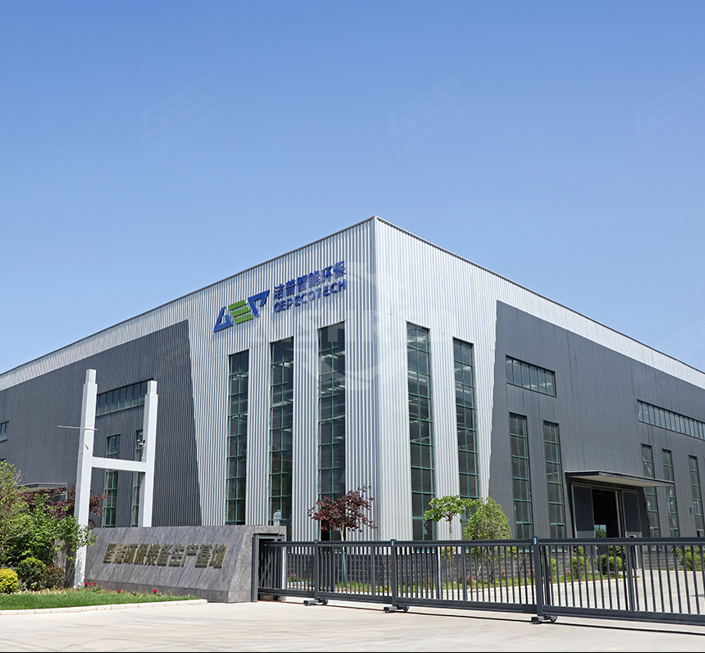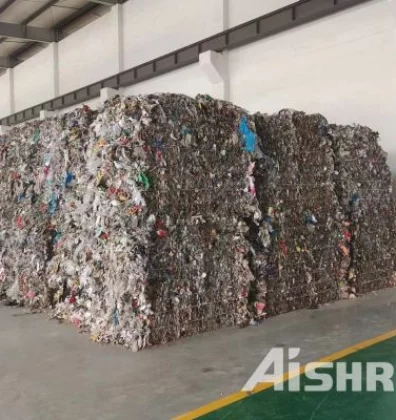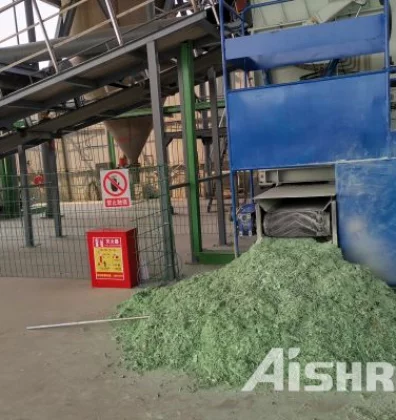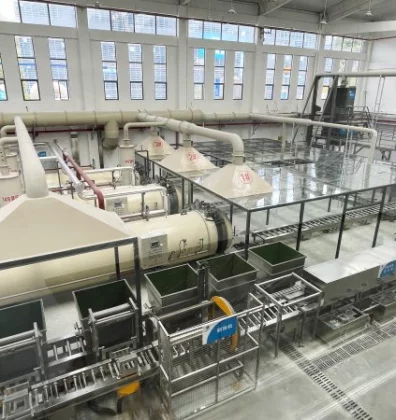With the globalization of carbon emission reduction targets, the utilization of waste resources has become an indispensable part. Refuse-Derived Fuel (RDF) is receiving increasing attention as a key technology for transforming household waste from a "burden" to a "green energy". However, when planning RDF projects, companies face a core decision: should they produce RDF bulk materials or further process them into RDF pellets?
There is no single answer to this choice, as it profoundly affects the investment return, operational model, and market prospects of the project. RDF bulk materials are known for their low initial investment and specific industrial application scenarios, while RDF fuel rods demonstrate enormous commercialization potential due to their high energy density, excellent storage and transportation performance, and wider market adaptability. As a complete solution expert in the field of solid waste treatment and resource utilization, GEP ECOTECH will deeply analyze the advantages and disadvantages of both with its profound technical accumulation and rich global project experience.
RDF Bulk Material
RDF bulk material refers to loose, uneven fragmented or flocculent fuel obtained through processes such as shredding, sorting, and drying.
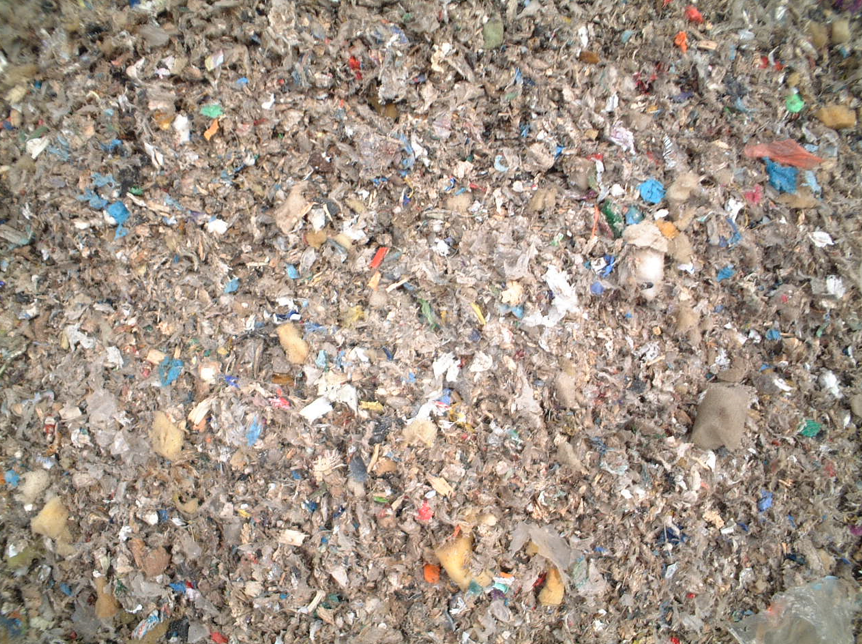
Advantages
Low production cost: The production process is relatively simple and does not require high energy consumption molding and compression equipment, resulting in lower investment and operating costs.
Short processing flow: eliminates the step of forming and granulation, with fast production speed and high production capacity.
High combustion flexibility: In a specially designed grate furnace, it can be mixed and burned with other fuels (such as coal) for easy adjustment.
Suitable for immediate on-site use: If the production facilities and incineration facilities are located in the same place or very close to each other, the cost of molding and transportation can be saved.
Application Scenarios
Large scale garbage incineration power plant: as the main or auxiliary fuel, it directly burns and generates electricity in dedicated garbage incinerators (such as reciprocating grate furnaces). This is the most important and common application of RDF bulk materials.
Cement kiln collaborative disposal: In the cement production process, RDF bulk materials are sprayed from the kiln head or decomposition furnace, and thoroughly burned using the high temperature environment of the cement kiln, while replacing some coal powder. It does not require high uniformity in form and is very suitable for bulk materials.
Large industrial boilers: Some industrial enterprises with large circulating fluidized bed boilers, such as paper mills and chemical plants, can use them as alternative fuels.
RDF Pellets
RDF pellets are solid fuels with high density and regular shape (usually cylindrical or square) made by high-pressure extrusion molding equipment from RDF bulk materials.
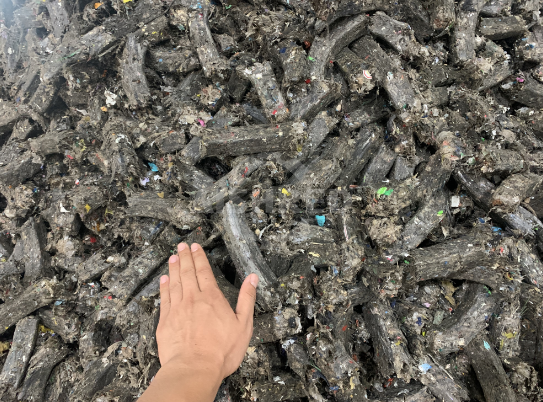
Advantages
High energy density: After compression, the calorific value per unit volume is significantly increased, resulting in higher storage and transportation efficiency.
Stable physical and chemical properties: regular shape, uniform composition, easy to measure and automate feeding. Lower moisture content, less prone to decay and spontaneous combustion, and convenient for long-term storage.
Convenient transportation economy: Due to its high density and stability, it can be transported over long distances at low cost, making it a tradable commodity fuel.
High combustion efficiency and easy pollution control: Combustion in boilers is more stable and complete, and the pollutants generated (such as dioxins) are relatively easier to control.
Widely applicable: It can adapt to a wider range of combustion equipment, not limited to large specialized incinerators.
Application Scenarios
Distributed energy system: It can provide heating or electricity for small and medium-sized enterprises, schools, hospitals, communities, and even households, as boilers in these areas typically require standardized fuels.
As a commodity fuel for trade: It can be transported from urban waste treatment centers to industrial areas lacking local waste but with energy demand, just like coal, to achieve cross regional resource utilization of "waste".
Replacing industrial coal-fired boilers: After the renovation of many small and medium-sized coal-fired boilers, RDF pellets can be directly used to replace coal and achieve a clean energy transition. This is difficult to achieve for bulk materials.
Co-combustion with biomass fuel: In biomass power plants, it can be used as a supplementary fuel to ensure the stability of power generation.
In summary, bulk materials are "primary products" suitable for internal digestion or short distance collaborative disposal; RDF pellets are "refined commodities" that are suitable for market circulation and widespread adaptation applications, which is a strategic choice based on end markets, investment scale, and operational strategies.
No matter your choice between RDF bulk materials or RDF pellets, GEP ECOTECH provides the complete RDF plants and engineering support to bring your project to life. We supply efficient and robust solutions covering all key stages—from shredding and sorting to drying and forming—ensuring high-quality output and operational reliability.
With a proven track record of successful projects worldwide, we have the expertise to navigate challenges and secure a strong return on your investment. Choose GEP ECOTECH as your trusted partner for a successful RDF project from planning to stable operation.

